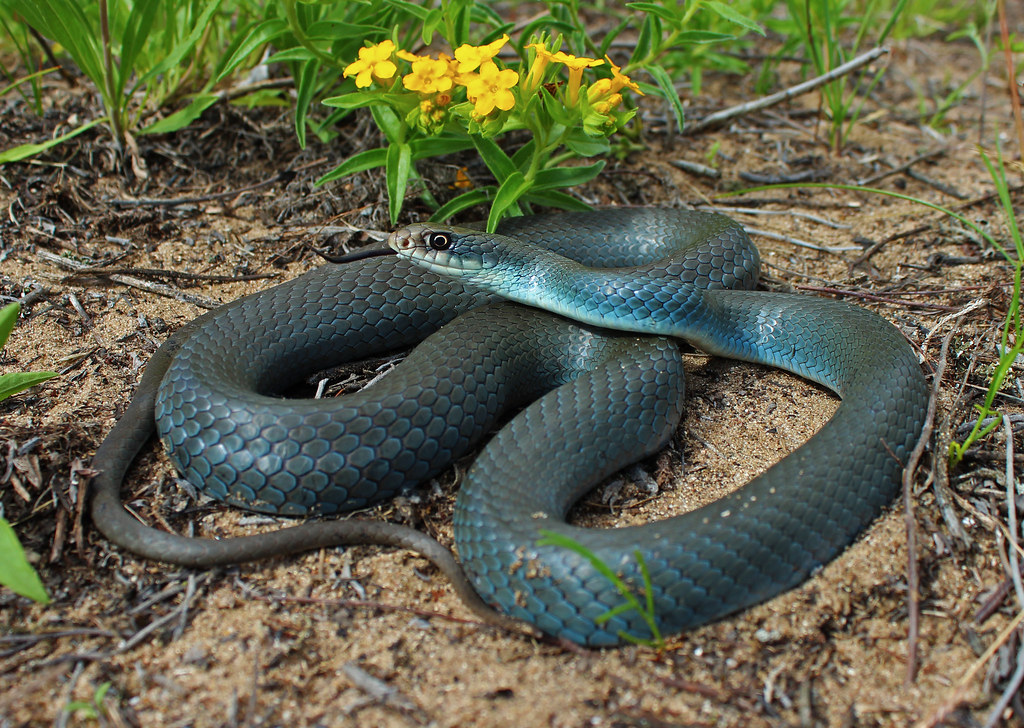

The Eastern massasauga rattlesnakes venom is hemolytic, this means it breaks down red blood cells within your body. If bitten seek medical attention right away.Įastern massasauga rattlesnake Eastern Massasauga Rattlesnake Bites and Symptoms The good news is that bites from this snake are exceptionally rare in Michigan, but they can happen. They are listed as a threatened species under the Endangered Species Act.

They are shy and will avoid you wherever possible, spending their time in wetlands. What To Do If Bitten By an Eastern Massasauga RattlesnakeĮastern Massasauga Rattlesnakes are the only venomous snake you will encounter in Michigan.Eastern Massasauga Rattlesnake Bites and Symptoms.

Visiting a habitat demonstration area within this species' range is a good way to increase your chances of seeing black racers and other young forest wildlife. This publication can also be purchased from the Wildlife Management Institute.

#Coluber constrictor foxii download#
Learn more about black racers at this webpage from the University of New Hampshire Extension Service, a partner in the Young Forest Project.įor more detailed information, including references to scientific papers, download Under Cover: Wildlife of Shrublands and Young Forest. Conservationists recommend habitat management practices that restore and maintain large patches of young regrowing forest and sunny shrubland.Ĭlick on the map at left to see a larger image.īoth public and private landowners can make young forest habitat. They thrive in and along the edges of young forests, including those that are growing back following clearcut timber harvests or fires.
#Coluber constrictor foxii how to#
How to Help Racers: Racers need grasslands, old fields, shrublands, and other habitats that lack tree-canopy cover and therefore grow plenty of thick low-level vegetation. Residential development, the maturing of forests, and the building of roads have reduced and fragmented their habitats. Their populations are declining in those regions, where they are considered Species of Greatest Conservation Need in most states. Status: The northern black racer ( Coluber constrictor constrictor) and the blue racer ( Coluber constrictor foxii) live in the East and the Upper Midwest, respectively. Racers are active during the day, when they hunt down and eat insects, lizards, small rodents, other snakes, and birds and their eggs. Racers are black or blue-black with a pale belly and measure 3 to 5 feet long.


 0 kommentar(er)
0 kommentar(er)
